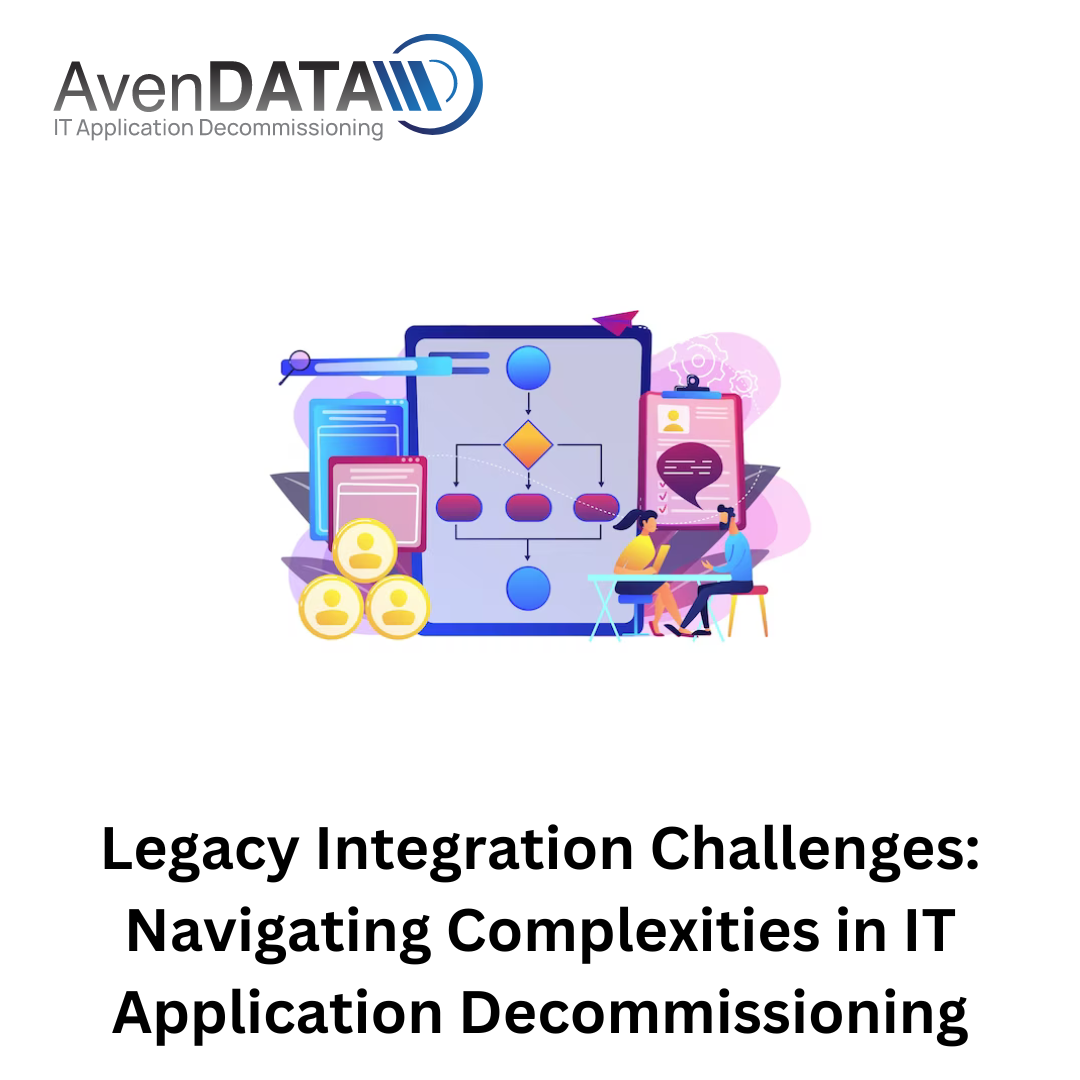In the ever-evolving landscape of technology, businesses are continually seeking ways to enhance efficiency and embrace innovation. One pivotal aspect of this evolution involves the decommissioning of legacy applications, an essential step toward modernization. However, as organizations embark on this journey, they often encounter a set of challenges related to integrating legacy systems into the broader IT ecosystem.
Understanding Legacy Integration Challenges
Legacy integration is a multifaceted challenge that requires careful consideration and strategic planning. Organizations must navigate through several complexities to ensure a seamless transition from outdated systems to cutting-edge technologies.
1. Interoperability Conundrum
One of the primary challenges in legacy integration is the interoperability conundrum. Older systems often operate on outdated protocols and formats, making it challenging to seamlessly connect with modern applications. Addressing this challenge involves meticulous planning to bridge the gap between legacy and contemporary technologies.
2. Data Migration Dilemmas
Legacy systems store vast amounts of critical data, and migrating this information to new platforms without loss or corruption is a significant concern. Organizations must develop robust data migration strategies that ensure the secure and accurate transfer of data, minimizing the risk of disruptions during the integration process.
3. Integration Costs and Resource Allocation
Integrating legacy systems can be resource-intensive, both in terms of time and budget. Organizations need to carefully allocate resources and budgetary provisions to manage the costs associated with legacy integration effectively. Failing to do so may result in delays and compromises in other areas of the business.
4. Legacy Security Risks
Legacy systems are often more susceptible to security vulnerabilities due to outdated security protocols. As organizations transition, they must address and mitigate these risks to safeguard sensitive data during the integration process. This involves implementing robust cybersecurity measures to protect against potential threats.
5. Skill Set Mismatch
The expertise required to manage and integrate legacy systems might differ significantly from that needed for modern technologies. Organizations must bridge the skills gap by training or hiring professionals with the necessary expertise to ensure a smooth integration process.
Strategies for Successful Navigation
Despite the challenges, organizations can adopt strategies to navigate the complexities of legacy integration effectively:
1. Comprehensive System Analysis
Begin with a thorough analysis of existing legacy systems, identifying dependencies, data structures, and potential roadblocks. This analysis forms the basis for developing a tailored integration plan.
2. Incremental Integration Approaches
Rather than attempting a wholesale transition, organizations can adopt incremental integration approaches. This phased strategy allows for the gradual adoption of new technologies, reducing the risk of disruptions and enhancing adaptability.
3. Collaboration and Communication
Effective communication and collaboration between IT teams, stakeholders, and end-users are crucial. This ensures a shared understanding of the integration process, manages expectations, and addresses concerns promptly.
4. Prioritizing Security
Prioritize cybersecurity measures throughout the integration process. Implementing robust security protocols and regularly updating them helps safeguard against potential threats and ensures data integrity.
5. Continuous Monitoring and Adaptation
Post-integration, continuous monitoring is essential. This involves identifying and addressing any unforeseen challenges promptly, allowing organizations to adapt and optimize their integrated systems continually.
Conclusion
While legacy integration in IT application decommissioning poses challenges, a well-thought-out strategy and meticulous execution can pave the way for a successful transition. Organizations must view these challenges as opportunities for growth, leveraging the experience gained during integration to fortify their IT infrastructure for the future. By addressing interoperability issues, managing data migration effectively, allocating resources wisely, prioritizing security, and fostering a culture of adaptability, businesses can navigate the complexities of legacy integration and emerge stronger in the digital era.





Comments